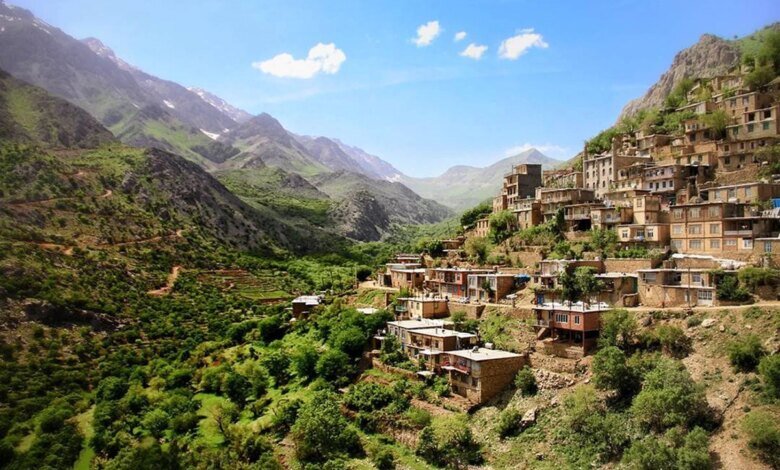
Similar Posts
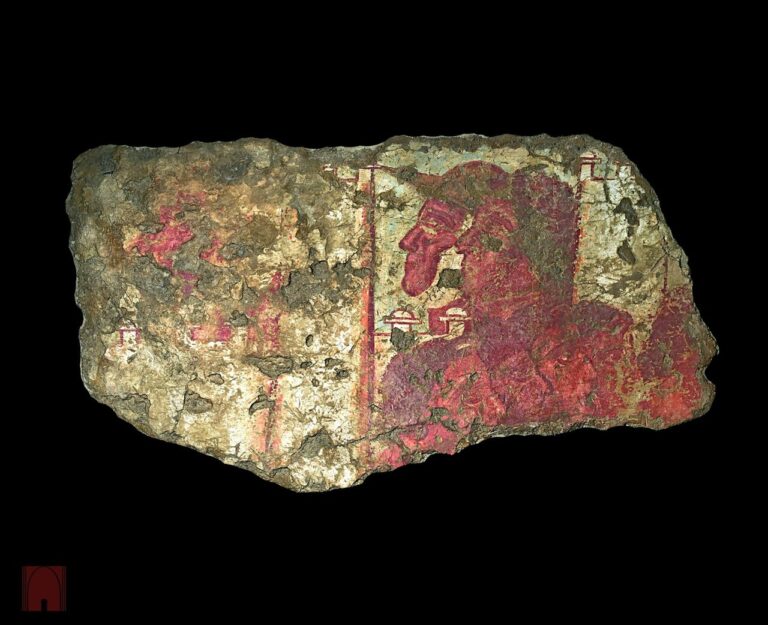
Stunning Parthian Mural Unearthed in Southwest Iran Showcases Remarkable Artistic Innovation
The Parthian-era wall painting at the National Museum of Iran, dating from the 1st-3rd centuries CE, reveals the artistry of the Parthian civilization. Discovered in 1976 at Kuh-e Khwaja, this mural once adorned a grand palace, showcasing a vibrant palette and exaggerated human figures. Scholars debate its meaning, with interpretations ranging from depictions of religious rituals to hierarchical representations of deities. Kuh-e Khwaja itself served as a strategic cultural hub, blending Persian, Hellenistic, and Central Asian influences. The painting exemplifies the complexity of Parthian art and architecture, continuing to intrigue researchers and visitors alike.
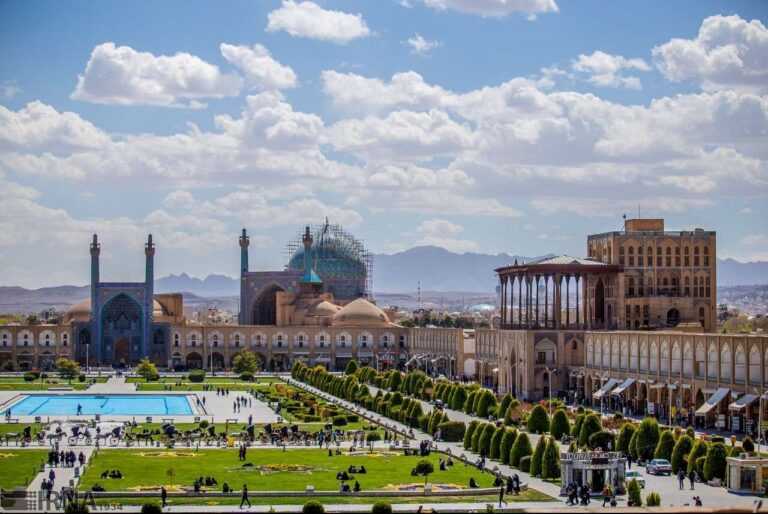
UNESCO Heritage at Risk: New Study Investigates Subsidence Threats to Isfahan’s Iconic Square
Authorities in Isfahan are initiating a comprehensive study to address land subsidence at the UNESCO-listed Naqsh-e Jahan Square, a critical cultural site housing 17th-century monuments. With alarming subsidence rates of 15 to 18 centimeters per year, attributed to groundwater over-extraction and water shortages, the study aims to propose mitigation solutions. A 20-billion-rial research contract is in place, and discussions with national authorities are ongoing to secure funding for preventative measures. Isfahan’s rich architectural heritage and historical significance make this endeavor essential for preserving the city’s cultural treasures for future generations.
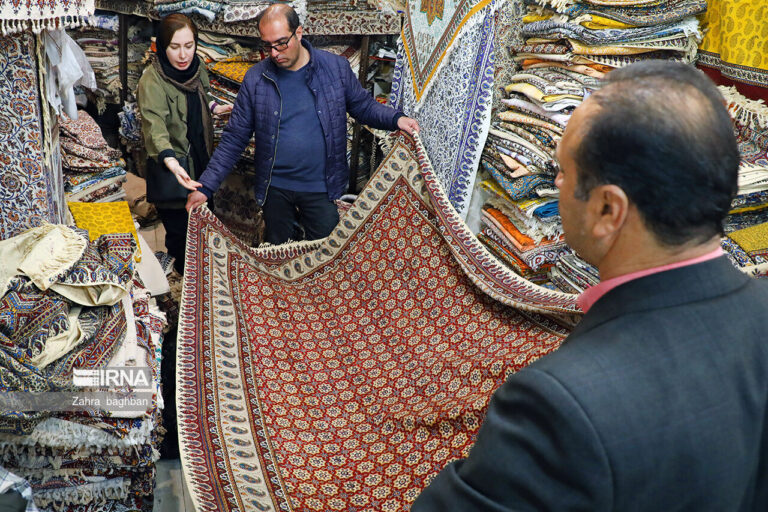
Nowruz Boosts Handicraft Sales in Isfahan: A Surge in Traditional Artistry!
During the Nowruz 1404 holidays, Isfahan province saw a 20% increase in handicrafts sales, totaling 1,330 billion rials (about $1.3 million). Director Amir Karamzadeh reported that 330 billion rials came from 628 pavilions at 35 exhibitions, while permanent exhibitions surpassed 1,000 billion rials ($1 million). Additionally, the region attracted nine million visitors, a 50% rise from last year, with 2.25 million staying in the province. Isfahan, rich in history and culture, boasts over 22,000 monuments, including the UNESCO-listed Imam Square, highlighting its significance as a cultural and economic hub in Iran.
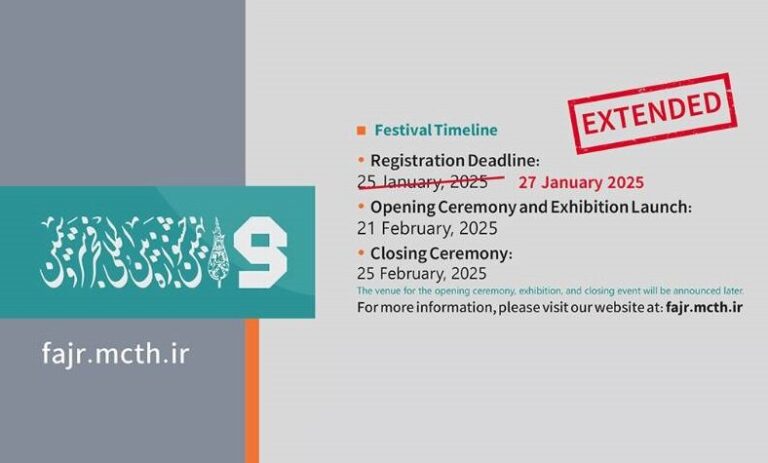
Last Chance: Registration Deadline Extended for the 9th Fajr International Handicrafts Festival!
Artists can now register for the 9th Fajr International Handicrafts Festival, also known as Sarv-e-Simin, until January 27, 2025, following a 72-hour extension due to high demand. The festival, a key cultural event in Iran, will open on February 20, 2025, at Sa’dabad Palace and conclude on February 24 at Milad Tower. It aims to showcase diverse handicrafts, foster networking among artisans, and promote traditional arts. Organizers encourage artists to seize this opportunity to display their creativity and gain recognition. For more details, visit the official website at Fajr.mcth.ir.

Explore Shurgol Wetland: A Hidden Sanctuary for Birds, Wildlife, and Nature Enthusiasts!
Shurgol Wetland, located in northwest Iran near Naqadeh, is a protected area renowned for its biodiversity and stunning landscapes. Established under the Ramsar Convention in 1975, this 1,400-hectare wetland is home to over 50 plant species and 200 animal species, including 194 bird species and unique mammals like foxes and wolves. It features the ancient “living fossil” triops, a prehistoric shrimp. The wetland offers activities like birdwatching, photography, nature walks, and educational programs, promoting environmental awareness. Shurgol Wetland is essential for biodiversity conservation in Iran and highlights the need for ongoing ecological protection efforts.
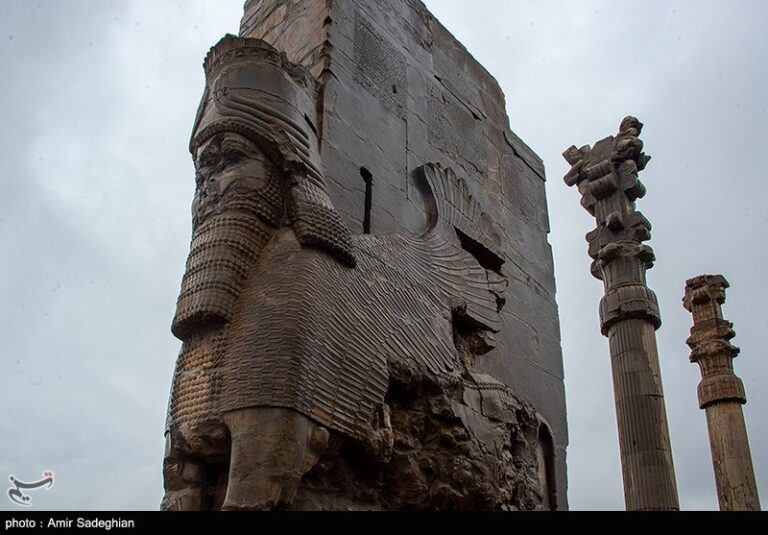
Persepolis: Discover Why This Ancient Marvel is a Must-See Wonder of the World!
Persepolis, located in Iran’s Fars Province, is a significant archaeological site established by Darius the Great in 518 BCE as the ceremonial capital of the Achaemenid Empire. This ancient city showcases the grandeur of Persian architecture with its monumental staircases, impressive columns, and intricate bas-reliefs, particularly in the Apadana Palace. Despite partial destruction by Alexander the Great in 330 BCE, the site remains a testament to Persian civilization’s cultural and historical richness. Visitors can engage with its deep history, reflecting on the empire’s achievements. Persepolis is an essential destination for archaeology and history enthusiasts, offering valuable insights into ancient Persian life.